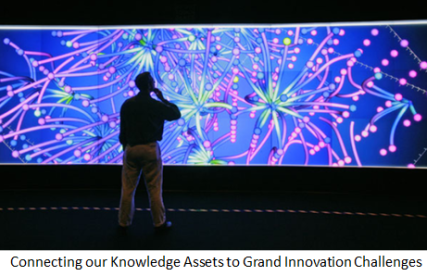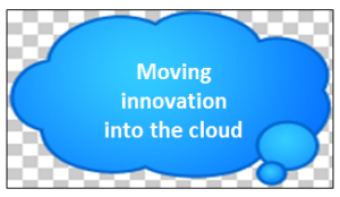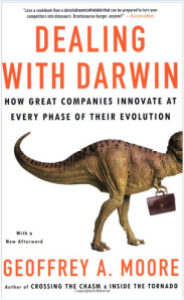 Big Data is knocking very loudly on our door, how are you going to let it in and manage it?
Big Data is knocking very loudly on our door, how are you going to let it in and manage it?
How can we liberate that creative energy we have within our organizations, how can we achieve higher engagement?
How can we learn, share and transform the knowledge that is all around us, simply flooding in? How can we translate the data flowing in with the knowledge insights and innovation outcomes expected? How are we going to unleash the creativity that goes with new knowledge?
We need to actively encourage connected minds for value-creating opportunities and knowledge sharing for innovation to flow right across the organization. All the raw data needs connected and engaged minds.
“For this, we need to think about installing a modern engagement platform that has the knowledge and learning as its beating heart”
Continue reading “We need the engagement platform for translating big data learning”








